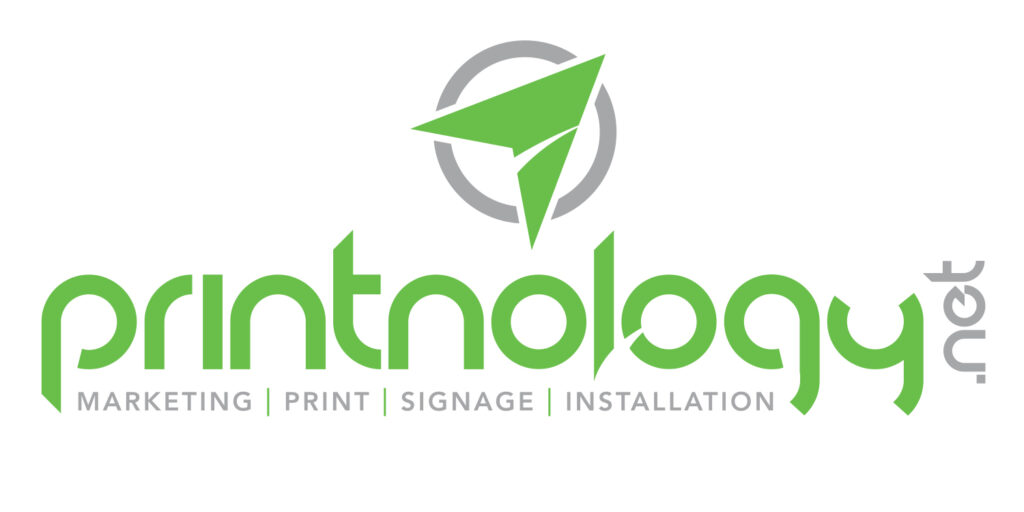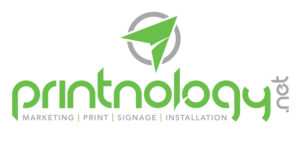7 Tips for Designing Effective Wayfinding Signage
1. Understand Your Audience
Before designing wayfinding signage, it’s crucial to understand who will be using it. Consider the demographics and needs of your audience to ensure the signage is accessible and easy to understand.
2. Keep It Simple
Effective wayfinding signage should be simple and straightforward. Avoid cluttering signs with too much information. Use clear and concise language to convey the message.
3. Use Consistent Design Elements
Consistency in design elements such as colors, fonts, and symbols helps users easily recognize and follow the signage. This consistency should be maintained throughout the entire signage system.
4. Ensure Visibility
Signage should be placed at eye level and in well-lit areas to ensure visibility. Consider the size and contrast of the text and symbols to make sure they are easily readable from a distance.
5. Incorporate Universal Symbols
Using universal symbols can help overcome language barriers and make the signage more inclusive. Symbols should be easily recognizable and used consistently.
6. Test Your Signage
Before finalizing the design, test the signage with a sample audience to gather feedback. This can help identify any potential issues and improve the overall effectiveness of the signage.
7. Regularly Update Signage
Wayfinding needs can change over time, so it’s important to regularly review and update signage to ensure it remains relevant and effective.












Leave A Comment